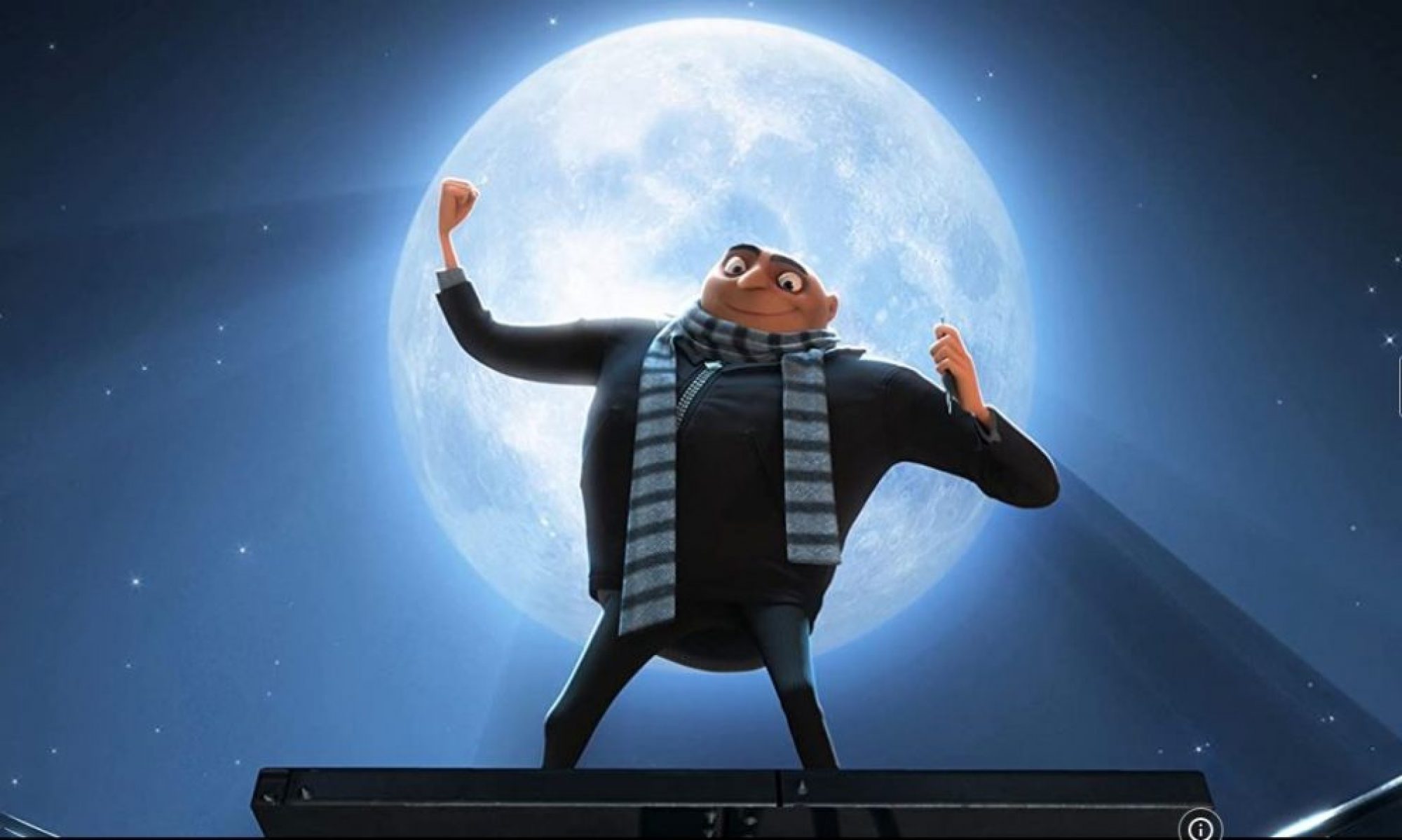This week I tried to focus more on lighting as I am the only one doing it and really need to understand it better. I had one more session with KK and this one was focused on the render layers on Maya, I had used it before but with little success so KK asked me to prepare a maya scene with some render layers and we would check it out and talk about that subject more deeply.
Lighting
On the maya scene I created a floor, a grey sphere, a chrome sphere and a skydome, assigned the materials to the spheres and setup the render layers.

The rest of the layers contained the same setup, so we began by checking if everything was correct then, KK drove the session on my pc through teams, also something that I’d never done but it is pretty handy as someone can show you everything on your own computer.
My render layers were okay, but we made a lot of changes as everytime we think about a light or a shadow that we want another render layer is needed so it can get out of hand pretty quickly so, one of the main focuses was the “housekeeping” to keep everything organized and intuitive. KK showed me how to ad content from outliner to the layers through expressions, a simple * in front of an objects’ name, this is usefull for when we are dealing with a lot of content.
When rendering the spheres we found a few issues with the hdri as it was not being disabled by the render layer so both of them were in display. For some reason Maya was using the master layer when we refreshed the render. KK is still going to look into the issue with the render layers as they were not working the way we want it to.
Matchmove
This week on matchmove I had an issue with tracking a second shot from the preparation videos as I tracked it but the points were not creating a depth on the footage, this was due to the fact that the camera that recorded that footage did not move enough for the software to recognise a paralax.


On my session with Dom he showed me a way to solve this, by creating two planes perpendicular to each other positioned in the limits seen in the footage (the end of the road, begining of the mountain) and project the points on to the planes. This way the software can recognise the depth and position of the points.



After this, when fixing the lens the results were the expected.

focal length and distortion 
all parameters
Both results were made in brute force and everything was exported to jump to maya and finish this shot.
